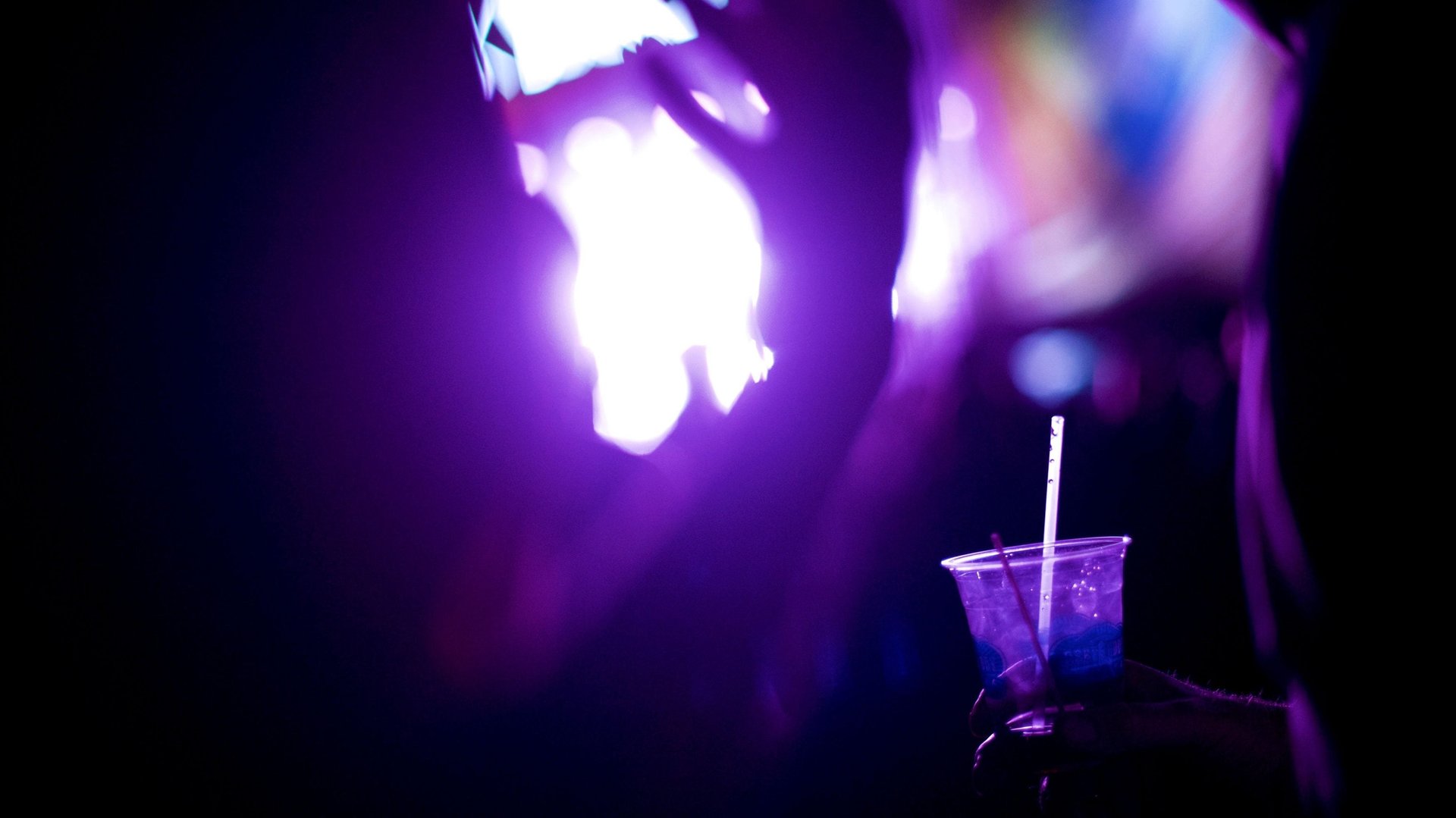Pedialyte is making a hangover “cure” specifically for grownups
Pedialyte, the fruit-flavored beverage designed to help prevent dehydration in children, has long been favored by adults with hangovers. Now, its maker has released a product specifically aimed at overindulgent adults, and is targeting them with the surest bait in 2018: bubbles!


Pedialyte, the fruit-flavored beverage designed to help prevent dehydration in children, has long been favored by adults with hangovers. Now, its maker has released a product specifically aimed at overindulgent adults, and is targeting them with the surest bait in 2018: bubbles!
Called Sparkling Rush, it’s offered in cherry- and grape-flavored powder to be mixed into water. If a “sparkling rush” sounds like the feeling that overwhelms you immediately before vomiting, consider that effervescence is the surest way to the millennial palate.
As Simone Stolzoff wrote for Quartz in August, the only people who love seltzer more than millennials are venture capitalists (and millennial VCs, well, forget about it): “Sales of sparkling water have doubled in the past decade, the share price of National Beverage Corp (the makers of LaCroix) has gone through the roof, and Pepsi acquired carbonated-drinks maker SodaStream for $3.2 billion.”
Pedialyte is supposed to replenish electrolytes and water in children who have picked up stomach flus. But the company has long known about adults using it, too. One section of its website reads: “Pedialyte can help you feel better fast by replacing electrolytes and fluids you’ve lost after a couple of drinks.” (Although it also reminds us that “the only way to avoid feeling terrible is to drink less.”)
In recent years, Pedialyte has embraced this secondary purpose, marketing itself as a hangover remedy on Twitter following booze-heavy holidays like St. Patrick’s Day, and using the hashtag #notjustforbabies. With Pedialyte Sparkling Rush, the company is finally openly breaking into the adult market.
Beyond its trendy bubbles, Sparkling Rush isn’t actually so different from the stuff marketed for children. In a nutshell, it has higher levels of potassium and sodium. The difference doesn’t appear to just account for the size difference between children and adults, either. Pedialyte provides children with 8% and 21% of their daily value of these electrolytes respectively, whereas Sparkling Rush provides drinkers with 15% and 28%, likely because drinking can deplete these chemicals. It also has less sugar (and probably tastes less sweet as a result). (There seems to be only minuscule differences in the other ingredients, although Quartz has reached out to the company to clarify that this is the case and will update this post if we hear differently.)
There are several reasons the after-effects of alcohol can make you feel bad, although the exact medical makeup of a hangover is unclear. Alcohol makes you urinate more than usual, so the body loses both water and electrolytes. As the enzymes in the stomach and liver break down alcohol further, they create acetaldehyde, which is actually harder on your body than booze itself (in fact, it’s a known carcinogen). Acetaldehyde in the body is thought to be responsible for all the gross sweating and nausea, Smithsonian reports. Having less water in the body in general makes it harder to excrete acetaldehyde. On top of that, other chemicals in different types of booze may make hangovers worse.
And bubbles may actually be part of the problem when it comes to hangovers. One 2007 study found that when participants drank vodka mixed with soda, their blood alcohol levels were higher than those who drank straight vodka (or vodka mixed with water, which sounds vile). In this case, the researchers hypothesized that this was because the added drink volume from the bubbles caused the stomach to release its contents to the small intestine, where alcohol is absorbed into the bloodstream, sooner. Another study found that people who drank flat Champagne had lower blood alcohol levels than those who drank it with its bubbles. But let’s be honest: Nobody wants to drink flat champagne, or vodka with water. We want to sip sparkly, festive drinks—and Pedialyte is betting that will still be the case the morning after.